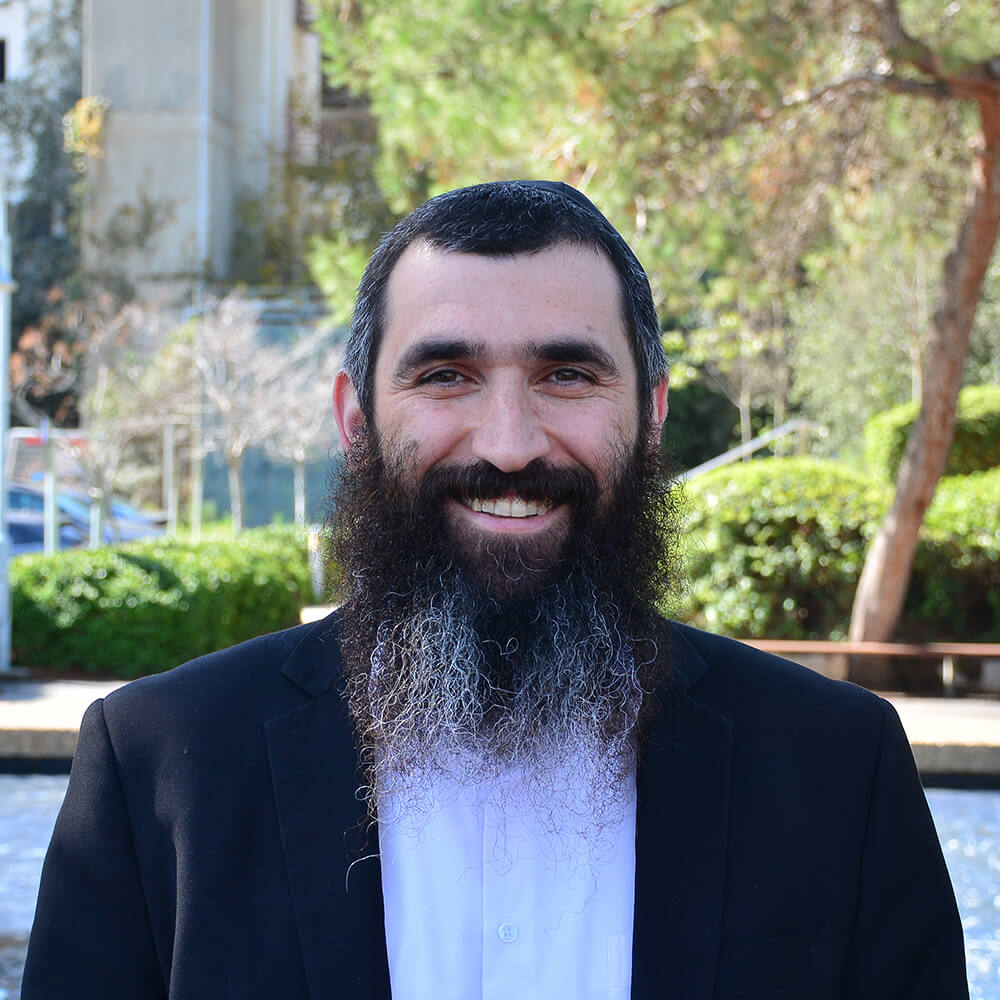A fuel cell is an elegant concept. Rather than burning fuel directly in air, producing much harmful smoke and waste heat, the reaction is split in two.
The fuel is oxidized on the anode; the oxygen is reduced on the cathode; the electrons pass neatly through a wire and produce useful work. Efficient, clean, and compact. Nevertheless, cars powered by fuel cells – despite nearly 200 years of research – are not yet an everyday reality for most of us.
Our group targets fuel cell challenges related to electrocatalyst development, both for the anode side (alternative, post-hydrogen fuels) and the cathode side (the oxygen reduction reaction). Along this path, we are most excited by the concepts of:
- Multi-doping – the interaction of several active elements at a single catalytic site
- Flow engineering – improving the delivery of reactants to catalytic sites
- Designability – gaining fundamental understanding, and ultimately, total control, of complex and ‘messy’ solid materials.
- Sustainability – challenging ourselves by sticking to earth-abundant materials, such as carbons, carbides, and hydroxides of alkaline earth, lanthanoid, and transition metals.
Exciton coupled circular dichroism (ECCD) spectroscopy represents two coupled absorption bands with opposite signs caused by the interaction between two chromophores present in the same backbone. The intensity, position and sign of the bands reflect the environment of each chromophore in the molecule and depend upon the dihedral angel between the planes of the two chromophores. When the two chromophores are metal-binding ligands, the angle between them is correlated to the coordination geometry of the metal complex formed. Thus, the Maayan’
lab exploit ECCD as a unique characterization tool to explore the transfer of chirality from the helical backbone of peptidomimetic oligomers called peptoids to metalic centers incorporated within these backbones and as a sensitive probe for detecting changes in the coordination geometry of chiral metallopeptoids. The metallopeptoids are also characterized by electrochemical techniques such as cyclic voltametry (CV) and DPV. Some of these metallopeptoids, together with some other metal clusters, are tested as electrocatalysts for water oxidation using controlled potential electrolesis (BE),towards the production of molecular hydrogen as an alternative fuel.













